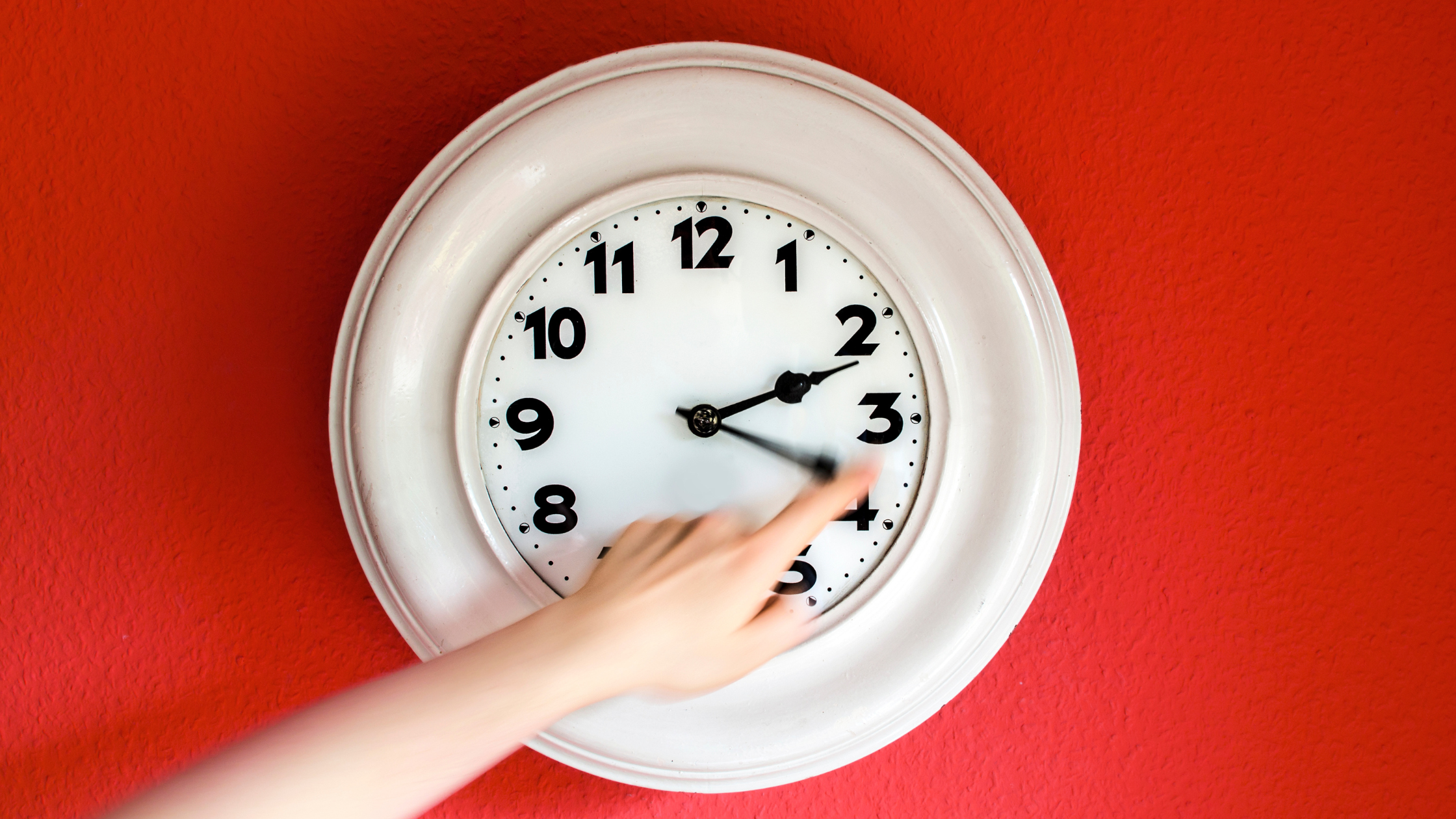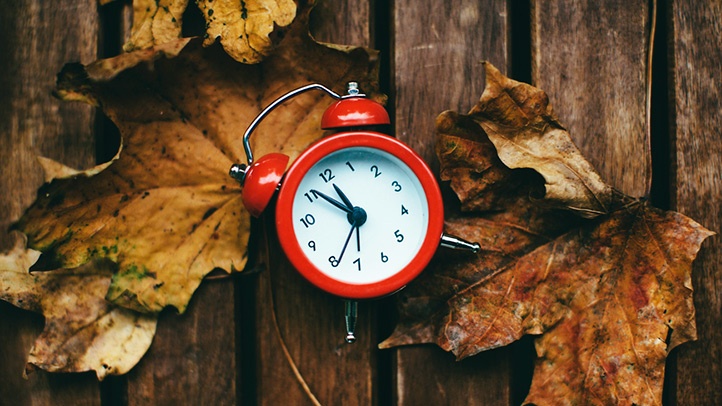Although it's still a month away, Daylight saving time is around the corner. Once again, it's time to get ready for shorter days, longer nights, and a major shift to your sleeping pattern. Just because the time difference is only an hour, doesn't mean that it doesn't still have a significant impact on your ability to get a good night's rest for the first few weeks.
Normally in the spring, you "spring forward" and in the fall, you "fall back". This means that you'll either move your clock ahead one hour and wind it back an hour, respectively. This abrupt change can cause major sleep dysfunction within your household if you don't properly prepare for it.
The change in the spring is subjectively harder than the change in the fall because you can have reduced sleep quantity and quality. However, in the fall, there is an overestimation of how much the extra hour can make up for lost sleep time when really long-term adjustment is needed to make up a sleep debt.
There has been research that shows the association between daylight saving time and short-term health risks, like heart attacks, strokes, traffic accidents, emergency room visits, and mood disturbances. Part of this is due to the shift in your circadian rhythm, because of the change in light exposure. The circadian rhythm has profound effects on your overall well-being.
The switch between daylight saving time and back should not be taken lightly. Here are a few tips for how to prepare for the change.


